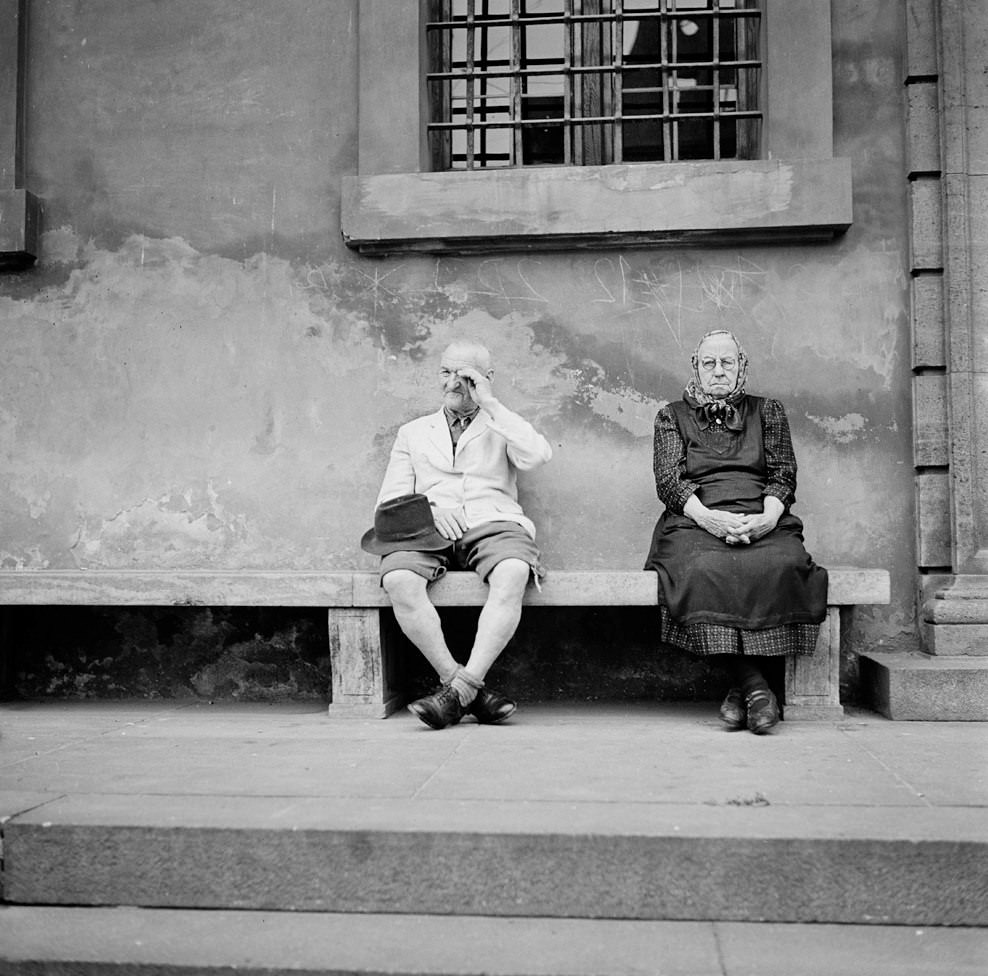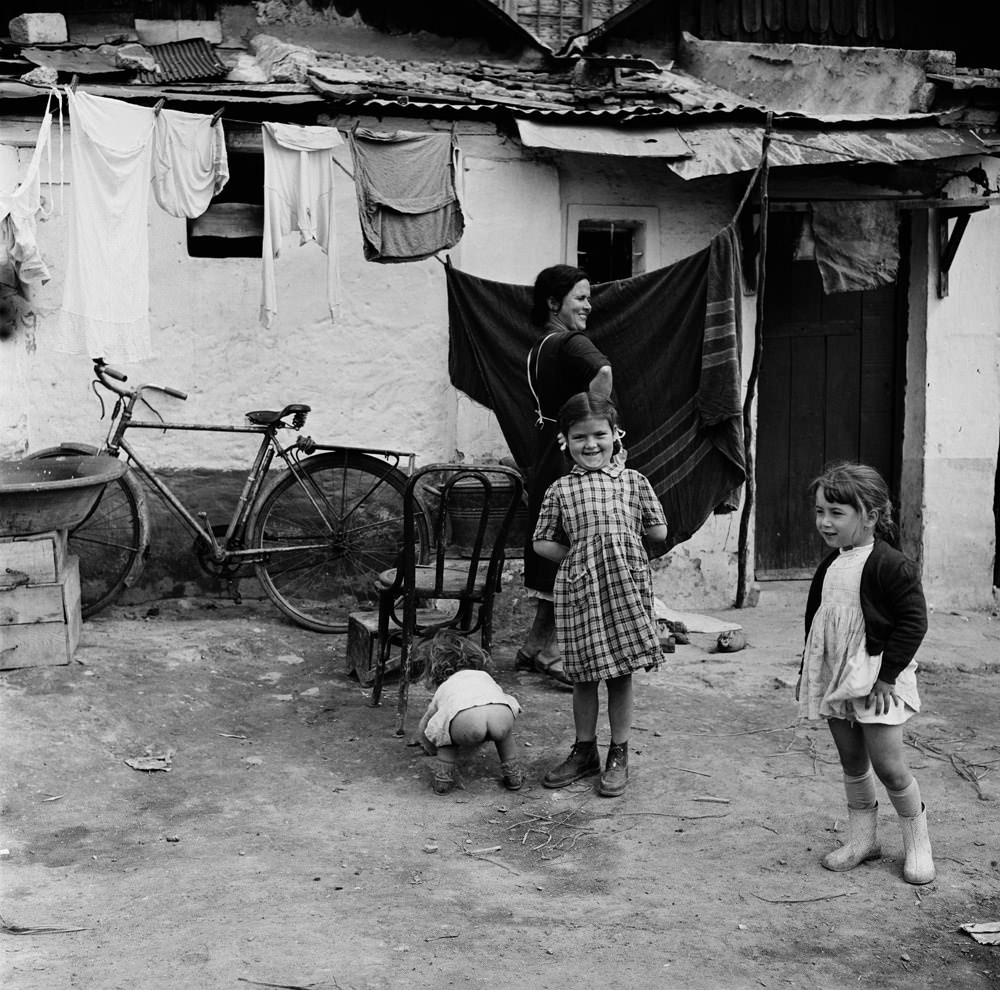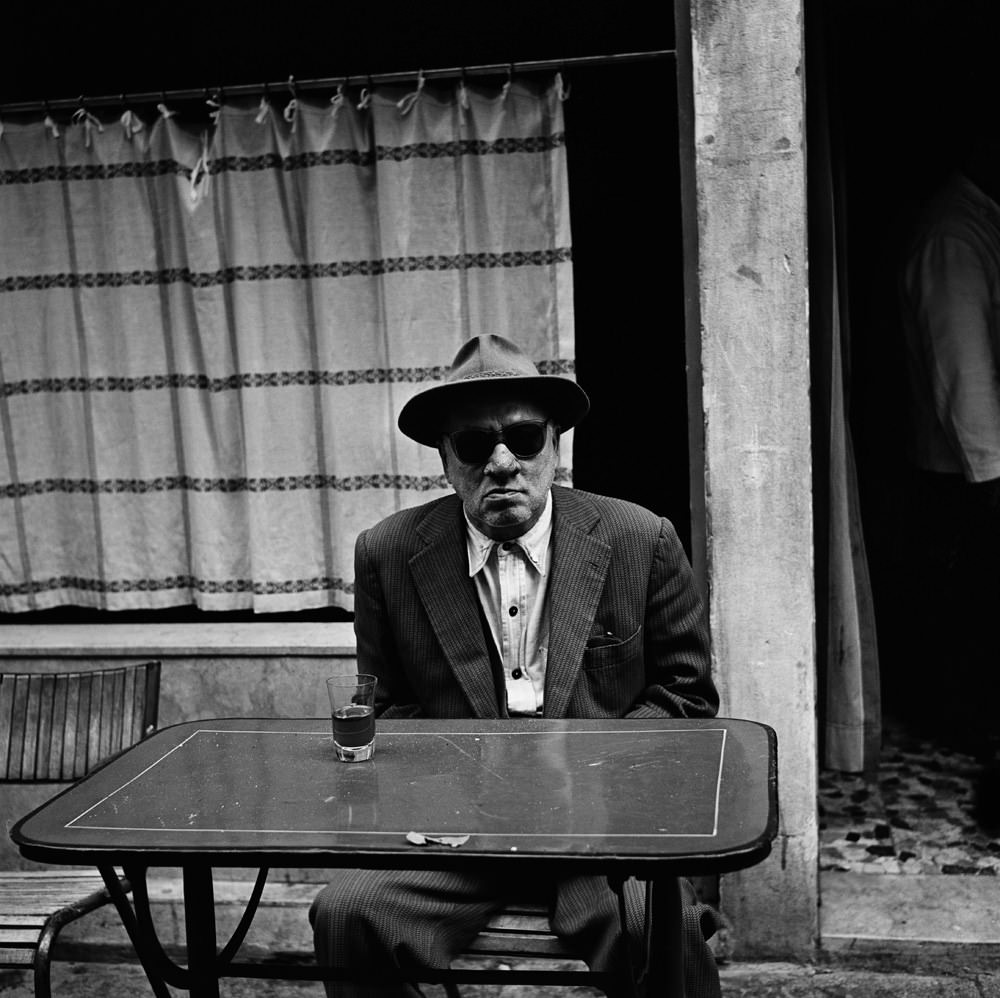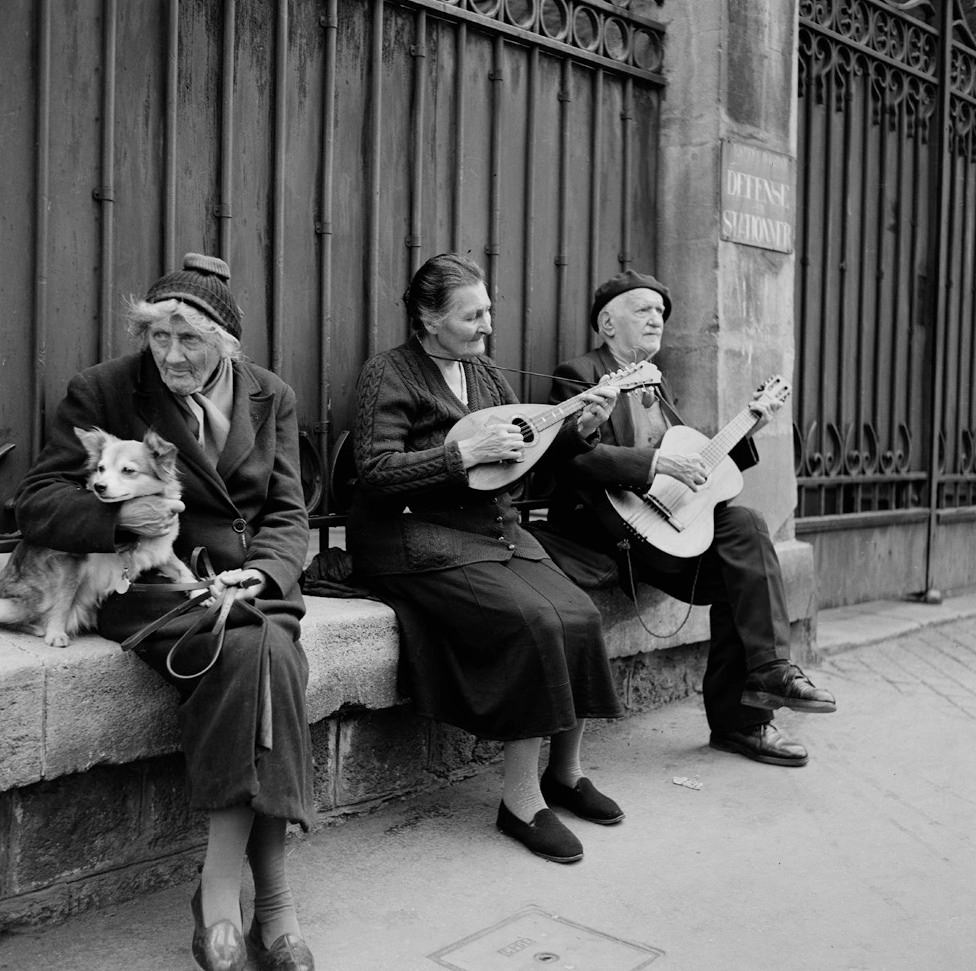In the 1950s, a young American soldier named Bill Perlmutter embarked on an assignment that would profoundly shape his life and provide us with a unique window into post-war Europe. His mission? To photograph Europe, its landscapes, its people, and its life during a time of healing and rebirth.
Setting Sail for the Unknown
December 1954 marked a pivotal point in 22-year-old Perlmutter’s life. Armed with his trusty Rolleiflex, he boarded a troopship, leaving behind the familiarity of his homeland for a continent he had only encountered in books and films. As the American shore faded into the distance, Perlmutter faced his journey with a mix of trepidation and excitement, ready to capture the spirit of Europe in his own unique way.
His first photographs, taken during the turbulent transatlantic crossing, were the first in what would become an extensive visual anthology of life in 1950s Europe.
The City of Light Through a Soldier’s Eyes
Perlmutter’s first European destination was Paris, the City of Light, a place that had always held a special place in his heart due to its rich photographic tradition. Through his lens, Paris was a city of stark contrasts. The grandeur of its landmarks stood in sharp relief against the everyday life of its inhabitants. Perlmutter’s photographs showed Parisians going about their day, living in the shadows of monumental structures that bore the scars of war yet stood resilient, much like the people themselves.
Encounters with Italy: Beyond The Bicycle Thief
Post-war Italy, for Perlmutter, was colored by the cinematic visions of filmmakers like Vittorio De Sica, whose movie “The Bicycle Thief” had painted a grim picture of Italian life. Upon arriving in Italy, however, Perlmutter found a different reality. His camera caught moments of hardship, yes, but also moments of joy, resilience, and optimism.
From the cobblestone streets of Rome to the picturesque canals of Venice, his photographs unveiled a people who, despite recent trials, greeted life with warmth and exuberance. These images challenged and broadened Perlmutter’s perspective, showcasing an Italy that was more complex and hopeful than he had imagined.
Witnessing the Cultural Kaleidoscope of Spain and Portugal
Perlmutter’s travels also led him to the Iberian Peninsula. Here, his photos took on an anthropological flavor, documenting the unique cultural identities of Spain and Portugal. His images displayed a genuine curiosity about the lives of the local people, their traditions, and their environments.
In both countries, his lens caught scenes of everyday life, contrasting the old with the new, tradition with modernity. Whether it was a crowded marketplace, a lonely street, or the stoic face of an elderly woman, Perlmutter’s photographs testified to the diverse living conditions and the enduring spirit of the people post-war.
A Soldier’s Lens on Europe
Perlmutter’s photographic journey through Europe provides us with a rare insight into a continent on the cusp of change. His images stand as a testament to a time of healing, resilience, and transformation, capturing the enduring human spirit in the face of past tragedies.

































